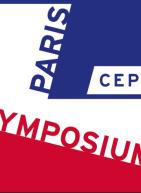DP15801 Export, Female Comparative Advantage and the Gender Wage Gap
This paper studies the effect of firms' export activity on the gender wage gap among its workers. Using matched employer-employee data from Germany for the period between 1993 and 2007, we show that an increase in a firm's export widens the wage gap between male and female blue-collar workers, while it reduces it between male and female white collars. In particular, the former effect is stronger for workers in routine manual tasks, while the latter is driven by employees performing interactive tasks. This evidence is consistent with the hypothesis that serving foreign markets relies more on interpersonal skills, which reinforces female comparative advantage and reduces (widens) the gender wage gap in white-collar (blue-collar) occupations. Our results, identified out of the variation in wages within firm-worker pairs, are robust to controlling for a series of worker and firm characteristics, and a host of firm, sector, time and state fixed effects, and heterogeneous trends.

